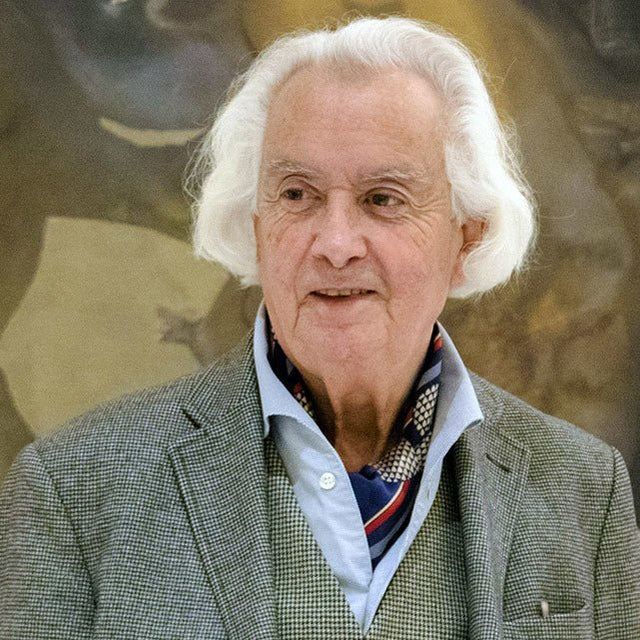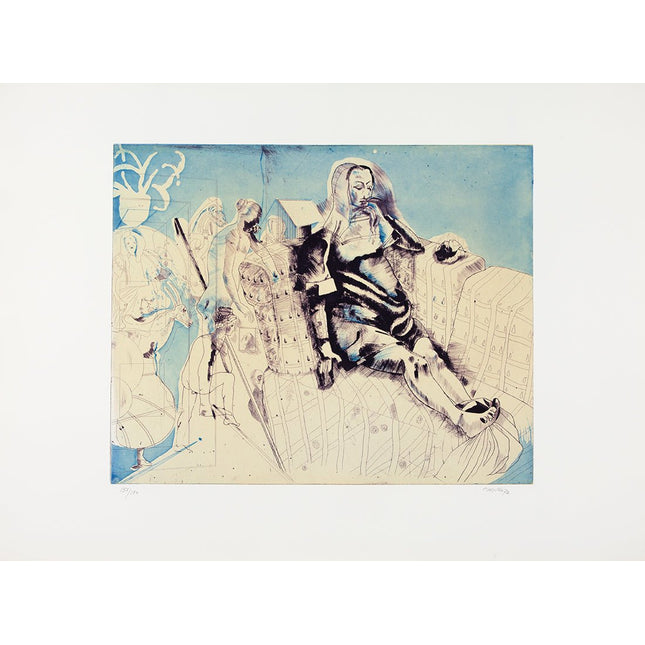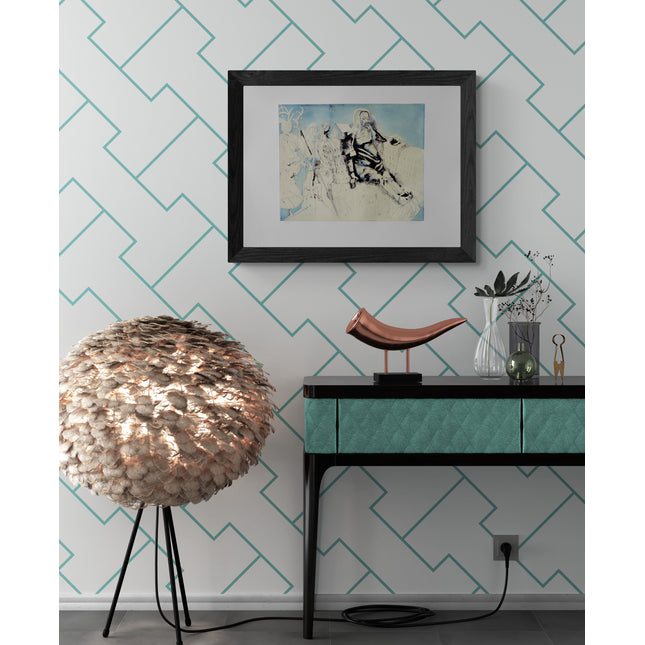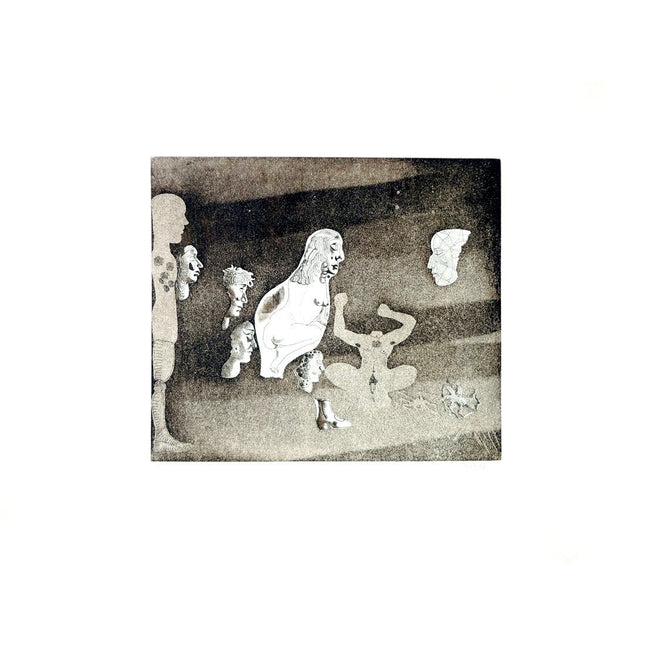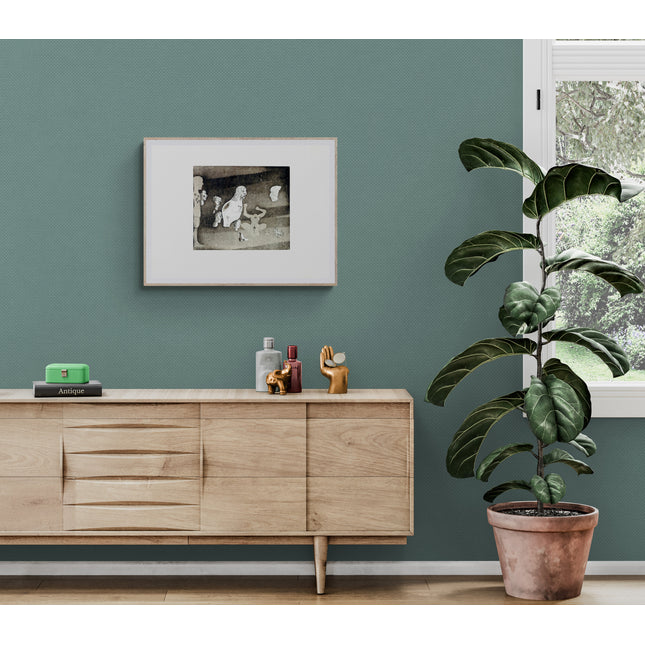In 1933, in Pontevedra (Galicia, Spain), was born Jorge José Carmelo Castillo. His father, businessman and traveler, emigrated to Argentina for political reasons, where he later died.
Castillo quits school very young, taking various jobs until he decided to become independent at age 17 in a studio apartment on the outskirts of Buenos Aires. That is when he begins his creative activity doing some crafts and writing screenplays for films and also writing a novel. He learns technical drawing while working in the engineering industry, and starts his interest in contemporary painting.
Since 1950 his interest in painting becomes more noticeable, focusing on it and making friends with some of the Galician painters of the time who also lived in Buenos Aires like Laxeiro, Colmeiro and Luis Manuel Seoane.
In 1953 he made a trip to northern Argentina, with intention of selling the watercolor paintings created there in Brazil, but fails and returns to Buenos Aires with empty pockets. By repeating this trip two years later, he is arrested at River Command Prison, where he spends three days. Thus he was decided to seek asylum in this prison, to work and raise money.
In 1956 he returned to Spain, something he gets thanks to the request for repatriation through the Spanish Embassy in Buenos Aires, which is granted on condition of military service in Zaragoza.
Once the military service is done and a few days before leaving the barracks, an officer destroys many of the more than two hundred works that Castillo made in those eighteen months of service. With little money and with great difficulty finding work, he is forced to live on the street until late 1959. At this time he met Joan Mordó, owner of the Biosca Gallery.
In 1961 he married, and by then he is well known in Paris and has taken up residence in Barcelona. Two years later he was widowed.
He moved to Paris between 1966 and 1969, where he met his future wife, the Italian Marienza Binetti. During this time, his work breaks all boundaries, and is widely known both in Europe and the United States. Creates the triptych "Palomares", of a great size, which is inspired by the incident in which the american atomic bomb was lost in the Mediterranean and that caused a global impact.
Thanks to an invitation from the German Academic Council in 1969 he lives and works in Berlin, where he made many works (paintings, prints and sculptures) of large sizes. Castillo consolidates his fame thanks to many exhibitions such as the one performed at the Nationalgalerie in Berlin in 1970 or the exhibition devoted to his prints in the gallery Kestner-Gesellschaft in Hannover in 1973.
In 1979 he moved to New York, decision taken influenced by the good relationship with the Marlborough Gallery located in the Big Apple.
Castillo's work, mainly figurative, has a dreamlike, surreal themes in its beginnings, that will drift towards more intimate subjects and still lifes, in which he tries to eulogize everyday objects. Finally focusing on urban New York landscapes, that impressed him for their iconographic strength, and those large architectures make him explore endless plastic exercises very characteristic in his work.
It is in Santiago de Compostela where he has a permanent museum dedicated to his work, although his art can also be found in major museums around the world.
